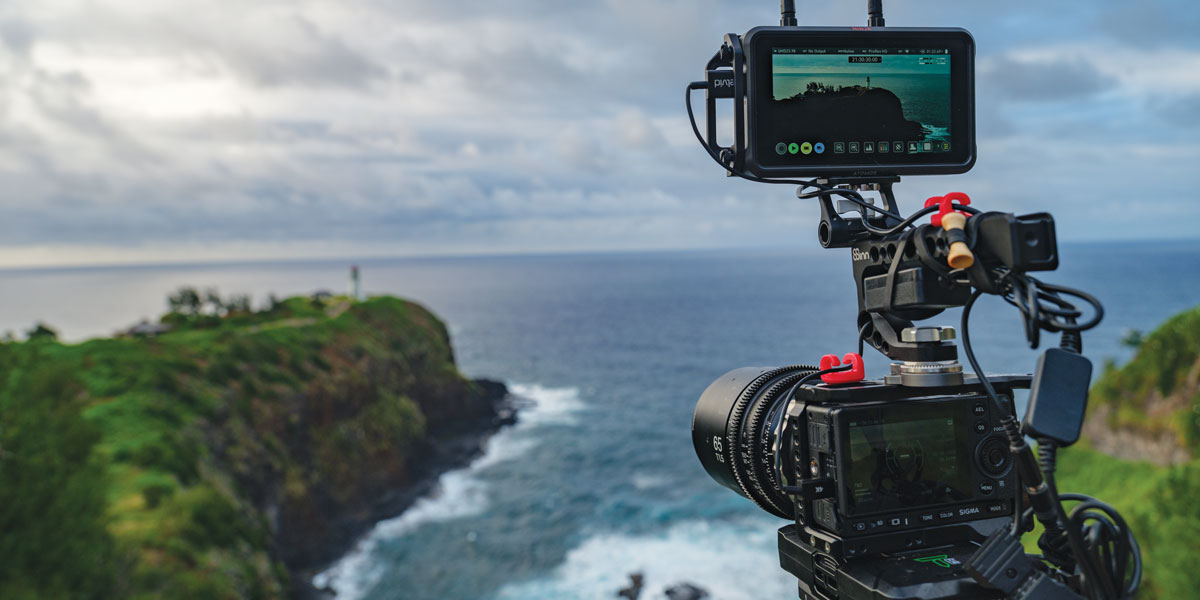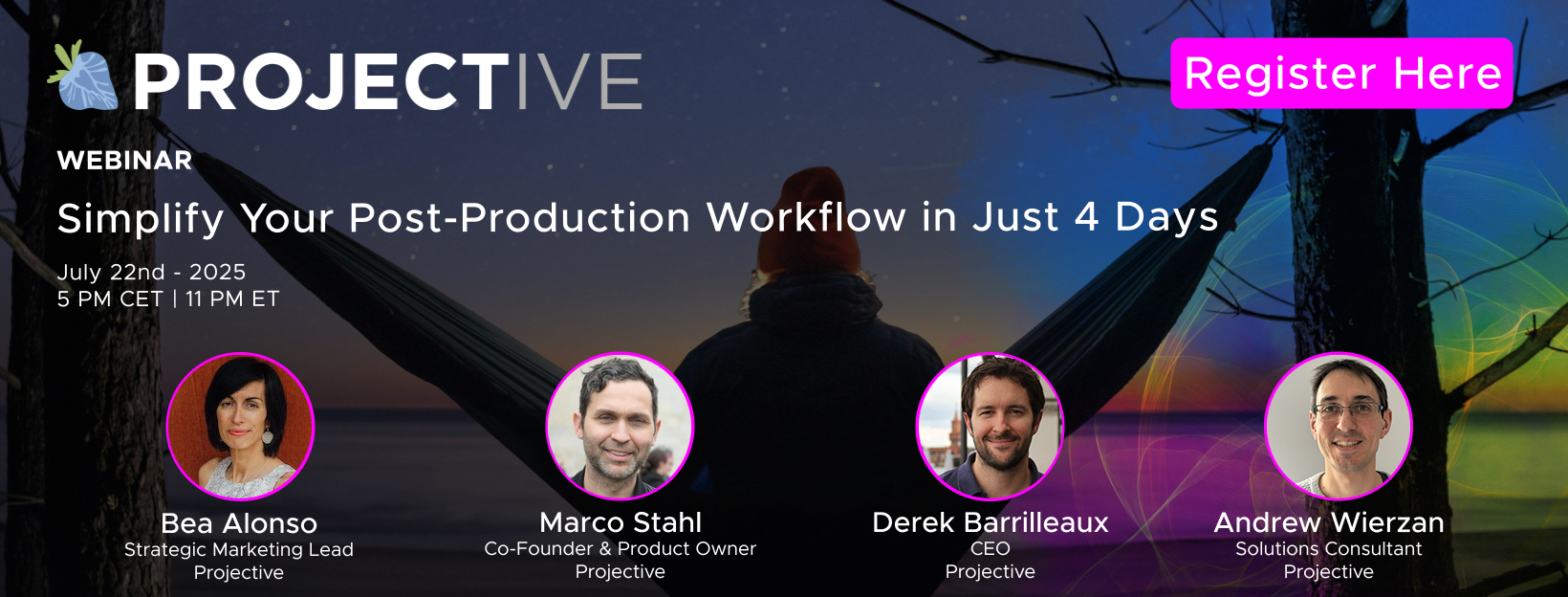Camera to cloud: The documentary edition

Posted on Nov 16, 2023 by FEED Staff
Graham Ehlers Sheldon explains how he shot a documentary in Hawaii while his editing team were simultaneously working on the post-production back on the US mainland
Sponsored editorial
The ability to transfer footage direct from camera into the cloud can trim time and cost by making production workflows much more efficient –
and it’s a style of production that’s proving popular. This even applies to documentary production, where filming is generally done outside the safety of a studio, or even beyond urban areas with decent wireless coverage. Camera to Cloud (C2C) from remote locations is now possible using off-the-shelf technologies.
Emmy Award winner Graham Ehlers Sheldon travelled to Kauai, Hawaii to create a mini documentary on the island’s distinct culture, while field testing C2C technology. Before he arrived on the island, he was concerned about connectivity from somewhere so remote. “As it turned out, it’s been seamless all over the island, including at sea – which is still blowing my mind,” he enthuses.
Sheldon, an indie producer and cinematographer as well as a SIGMA ambassador, used a SIGMA FP camera with a SIGMA Cine 65mm T1.5, connected via HDMI to an Atomos Ninja V monitor-recorder. Portable internet connectivity was provided via a Sclera Digital bonded cellular system, which Sheldon carried in a backpack with Anton/Bauer batteries.
“It is really simple to set up,” he reported. “If you’ve ever set up an at-home router, it’s even easier than that.”
Cutting-edge connectivity
The core of the C2C system is an Atomos Connect module on the back of the Ninja. It adds Wi-Fi, Ethernet and SDI connectivity. With this you can register your Ninja with Atomos Cloud Studio and select a destination. Sheldon did this in the field and then selected the collaboration platform Frame.io as the destination to send the proxy files created by the Ninja. Now, he was ready to shoot, knowing that while doing so the files would progressively upload to the cloud.
“For example, if I’m recording an hour-long interview, then, depending on internet speeds, over 90% of that material might already be in the cloud by the time you cut. You then just have to send that last 10% once the camera is off.”
This immediately secures a set of proxies for back-up in case memory cards are lost, damaged or even confiscated by local security forces – all hazards of documentary work.
There are many other advantages. A main benefit is the ability to involve your post-production team sooner, removing the need to manually offload cards and review rushes. Interviews can be transcribed, and the whole project will be up and running while you’re still in the field.
In doing so, your editors can identify things you may have missed. “They might realise you need a certain shot. They can give you those suggestions while you’re in that hard-to-reach location, and not when you’ve just got back to base and can’t easily go and pick the shot up.”
Powerful and flexible
In addition, when producing multiple projects at the same time, a producer or director can keep track of them all, no matter where the crew is in the world.
“Another use of C2C is the ‘small crew, big team’ idea’,” Sheldon says. “For example, there were only two of us filming this project, but we have a larger team in LA and New York who are able to view the footage as it’s coming in and give us feedback almost in real time.
“Sometimes I can’t travel to a particular country and might need B-roll or an interview, so I might hire a local crew. I can now send them a C2C rig (or they could rent one locally). The key thing is knowing that their footage is going to fit into your documentary and match the style you’ve already established, since they can view what you’ve shot.”
C2C provides a powerful, flexible and immediate way to share content from devices or clips from a camera to remote team members. This workflow will continue to break down the traditional divisions between production and post, to bring teams closer together wherever they are.
More information: atomos.com
Originally published in the Winter 2023 issue of FEED.











